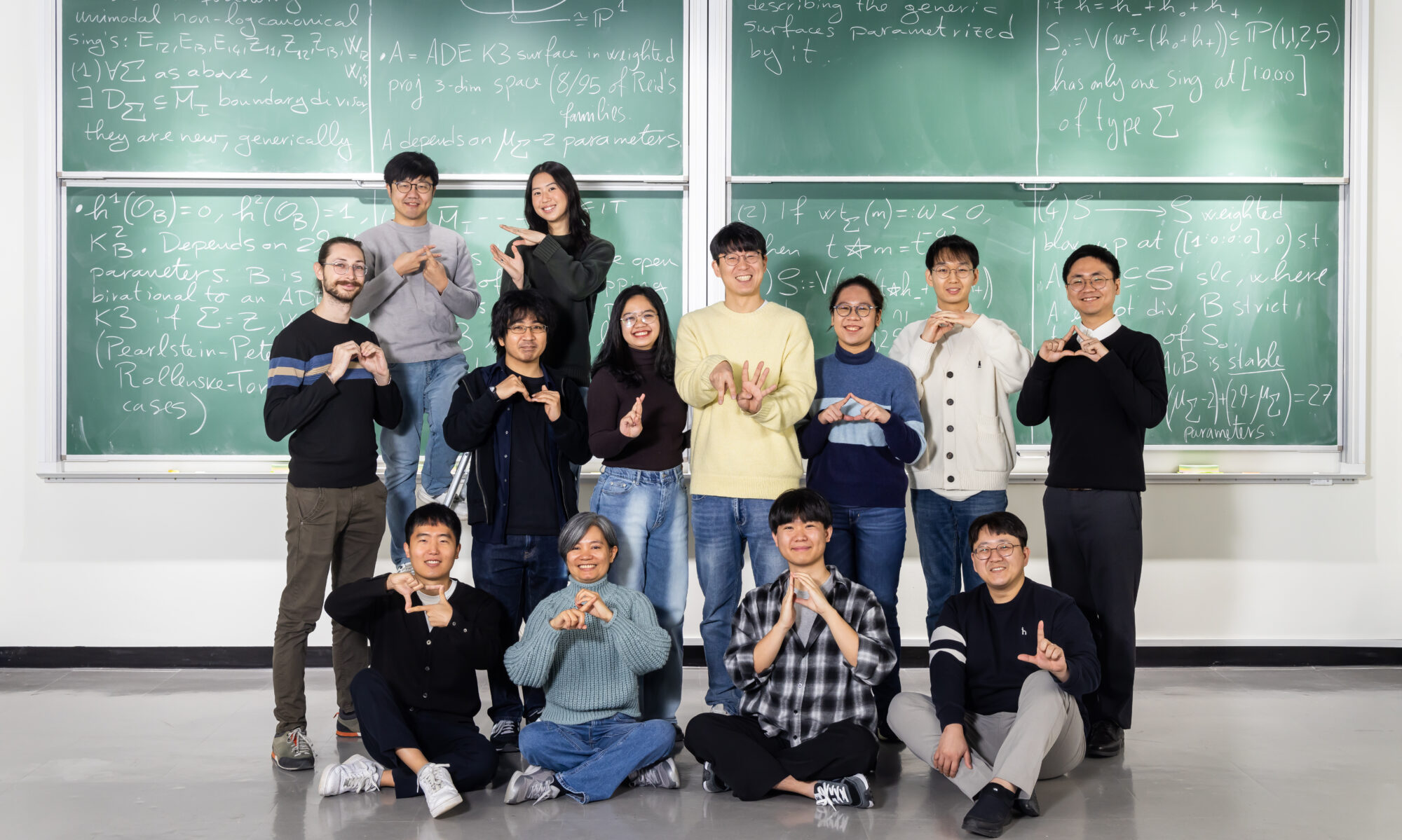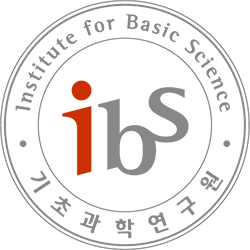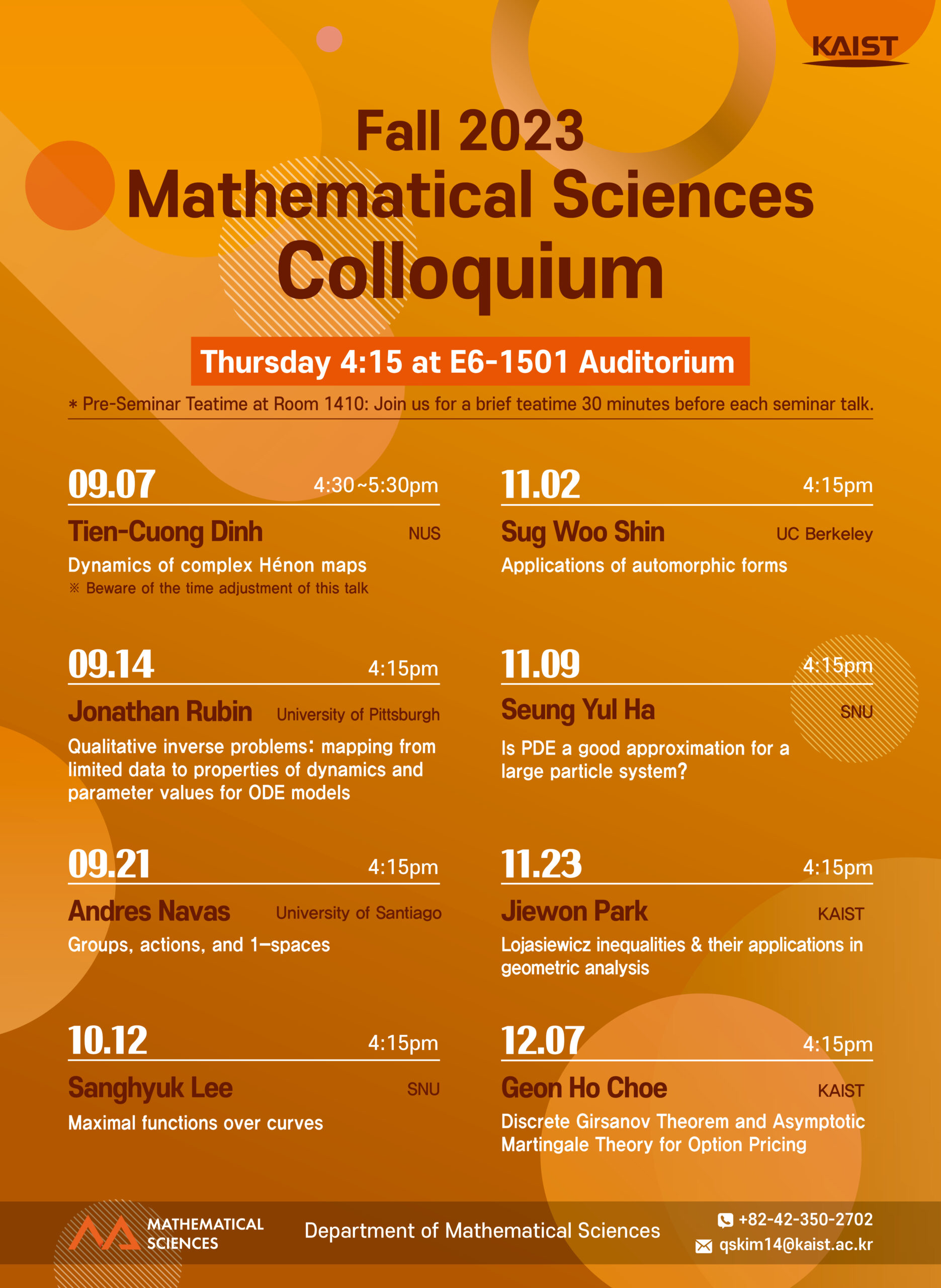Olive Cawiding, Decomposing predictability to identify dominant causal drivers in complex ecosystems
B232 Seminar Room, IBS 55 Expo-ro Yuseong-gu, Daejeon, Daejeon, Korea, Republic ofWe will discuss about “ Decomposing predictability to identify dominant causal drivers in complex ecosystems ”,Suzuki, Kenta, Shin-ichiro S. Matsuzaki, and Hiroshi Masuya., Proceedings of the National Academy of Sciences 119.42 (2022): e2204405119. Abstract Ecosystems are complex systems of various physical, biological, and chemical processes. Since ecosystem dynamics are composed of a mixture of …



